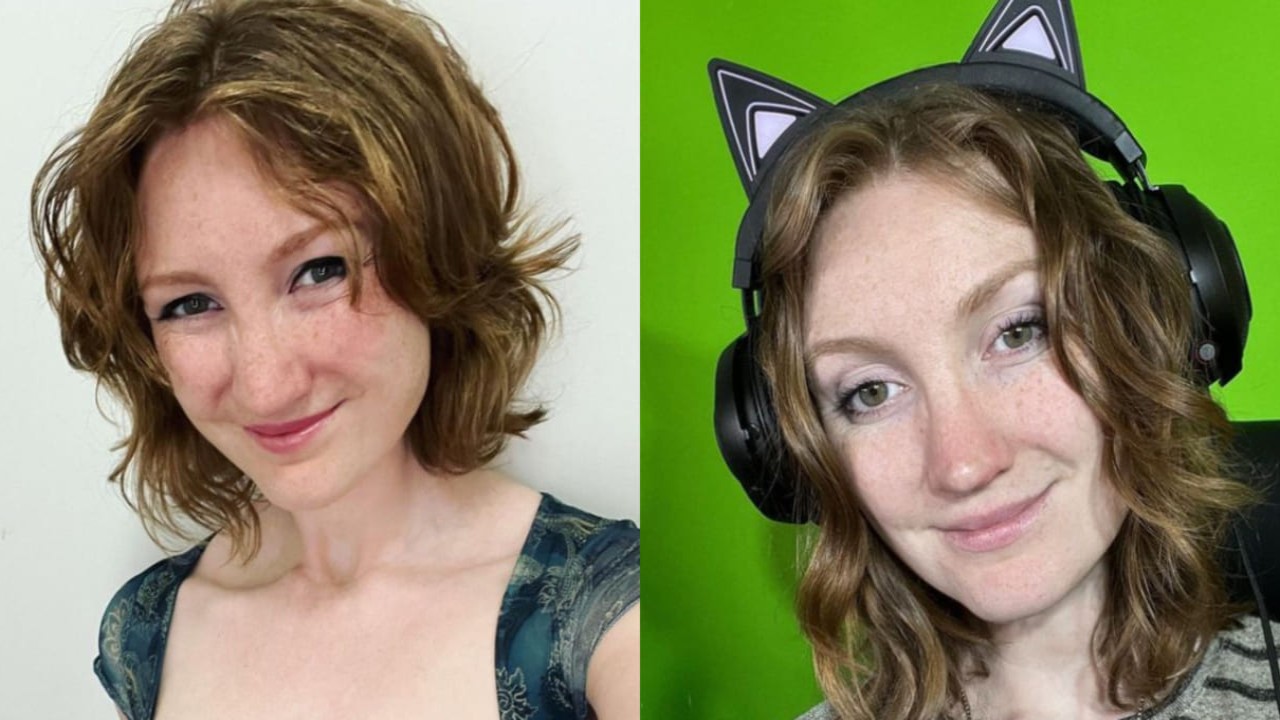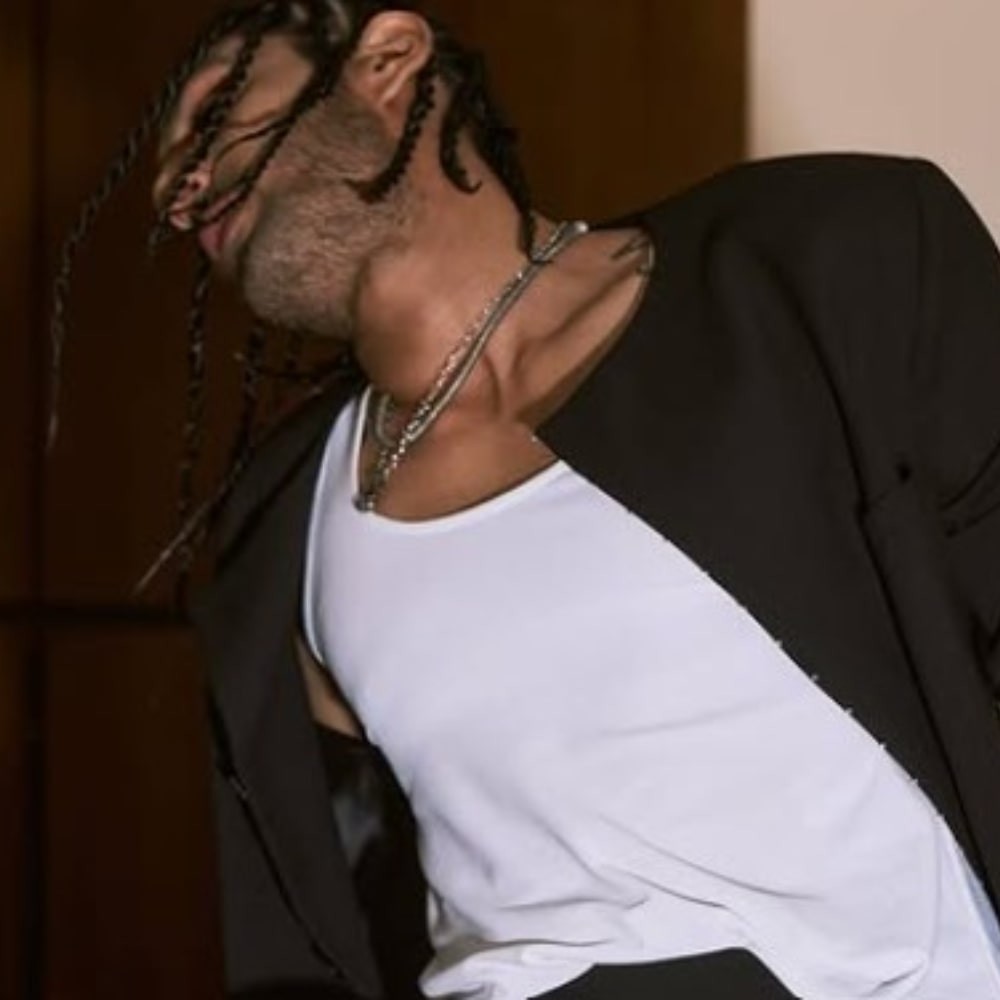MaXXXine Blends True Crime In Its Storyline? Here's What You Need To Know About Mia Goth's Movie
MaXXXine, the final film in the 'X' trilogy, is inspired by a real serial killer, the Night Stalker.

Disclaimer: This article has mentions of sexual assault.
MaXXXine is the last movie in the X franchise, sequel to X and Pearl released in the year 2022. The movie follows the events years later after Maxine Minx (Mia Goth), who was one of the core characters in X and is now an explicit actress who is attempting to break out into Hollywood territory.
Set in Los Angeles in 1985, the film includes a sinister subplot: as Maxine tries to establish herself as the local star she becomes the target of a mid-1980s serial killer who terrorized Los Angeles.
This killer who affected California by walking in and terrorizing its residents is Richard Ramirez, the “Walk-In Killer,” and the “Valley Intruder.” The defendant was terrorizing the state of California from April 1984 through August of the succeeding year, killing a minimum of 14 individuals and sexually assaulting other people. He was then labeled as the Night Stalker because he strangled his victims in the dead of the night, during the night, entering their houses through open doors and windows.
However, as per Total Film, Mia Goth said that although MaXXXine isn’t based on the real story, including an aspect of the Ramirez case provided reality to the picture. “It lays down a line of breadcrumbs back to reality,” the actress and the producer said. Instead of that big scary movie, which is usually solely for the purpose of entertainment. It’s rooted in something. "

'It's My Job Not to Break': Joseph Gordon-Levitt on Eddie Murphy's Off-Camera Humor in 'Beverly Hills Cop'
The Night Stalker's reign of terror and capture
Richard Ramirez was born in El Paso, Texas in the year 1960 to a problematic family. He was stealing at a very young age and did not complete high school; at 22, he moved to Los Angeles, per CBS News. When he got to L.A., Ramirez got back to his criminal spree, housebreaking, and carjacking, he was arrested for car theft. This made him be booked and his fingers photographed, an important factor that would later on aid in his identification.
Ramirez committed his first known murder in June 1984, when he was about 25 years old, killing 79-year-old Jennie Vincow. She was found with several stab wounds and a sliced throat. According to her son's testimony, cited by the Los Angeles Times, her front door was unlocked, which was a common method of entry for Ramirez, who usually entered homes through unlocked doors or windows.
Ramirez did not kill again until March 1985, when his attacks grew substantially.
Between March 17 and March 27, he attacked multiple persons, murdering three, according to United Press International. For the next few months, he killed virtually weekly and attacked countless others.
Ramirez's elusiveness stemmed from his lack of a consistent victim profile. He attacked and sexually abused adults, kidnapped and molested children, and frequently stole cars, sometimes killing the driver, according to CBS News. This randomness made it difficult for authorities to profile him, as serial killers typically choose victims based on identifiable qualities.
However, the Night Stalker's victims had no obvious relation to one another, ranging from children to elderly people, men and women equally.
Ramirez was eventually prosecuted and convicted on 11 counts of sexual assault, 13 counts of murder, five counts of attempted murder, and 14 counts of burglary. According to the Los Angeles Times, in 2009, his DNA was linked to the 1984 murder of a 9-year-old child.

Who Was Alexandra? Australian YouTuber Pretty Pastel Please Dies at 30
Richard Ramirez and the satanic panic: How the Night Stalker terrorized LA with devil worship
While the exact motivations for Ramirez's murders may never be discovered, he said he was doing it for Satan. He frequently drew pentagrams and, in some cases, made his victims swear to Satan rather than God. Throughout his trial, he even shouted "Hail, Satan" in the courtroom.
A 1986 Los Angeles Times article cites one of Ramirez's rape victims who testified against him. After killing her husband, Ramirez instructed the woman not to scream as he attacked her. She stated in court that when she declared, "I swear to God I'm not going to scream," Ramirez replied, "Don't swear upon God, swear upon Satan."
The Night Stalker launched his attacks at the height of America's "Satanic Panic," a period of widespread fear of alleged Satanic rituals and cults. Ramirez was probably influenced by or used cultural dread to terrorize his victims.

Matt Damon Warned Ben Affleck About J.Lo Marriage, Sources Claim Amid Divorce Rumors
How locals helped capture the Night Stalker: The pursuit and arrest of Richard Ramirez in 1985
As the summer of 1985 continued, the city of Los Angeles grew increasingly frantic to apprehend the Night Stalker, and the evidence against Ramirez accumulated.
Ramirez did not always kill his victims; instead, he tortured or sexually molested them. This resulted in an increasing number of witnesses providing the police with profiles of the Night Stalker. He reportedly left shoe prints at several crime locations, and when police uncovered one of Ramirez's stolen automobiles, they found a business card for a dentist he had seen a week before, according to CBS News.
Ramirez went to San Francisco in August 1985, when he murdered two people and drew a pentagram on a hotel bathroom mirror, according to SF Weekly. With the local police now involved, a critical lead surfaced. A Bay Area man claimed to know the Night Stalker and revealed his real name, Richard Ramirez.
Shortly after, Los Angeles police discovered another car taken by Ramirez with a fingerprint on it. The name and fingerprints matched those in the police database from Ramirez's prior arrest years ago, verifying his identification.
"He left us enough clues that we could figure out who he was," Detective Frank Salerno remarked during the Night Stalker episode of Murder Made Me Famous. "We had to get him off the streets."
Ramirez's photograph was then published in newspapers and carried on local news. According to the El Paso Times, after Ramirez realized his photo had been posted, he rushed through the East Los Angeles community of Boyle Heights and attempted to steal a car. However, locals recognized him and gathered in a throng around him until the police came.

Salma Hayek Goes Down Memory Lane As She Posts a Throwback Pic Of Herself For 4th of July; See Here
Richard Ramirez was found guilty on all counts in 1989; died on death row in 2013
Richard Ramirez was tried for his crimes in late 1989, and after a month of deliberation, The New York Times reported that the jury found him guilty on all 43 counts.
At his November sentencing, he received the death penalty. According to the Los Angeles Times, his answer was, "I am beyond good and evil." I'll be avenged. Lucifer is there in all of us.
Ramirez died on June 7, 2013, while awaiting death at San Quentin State Prison. He was 53 years old and died as a result of cancer and hepatitis C.
One of Ramirez's victims later told the Los Angeles Times that he is happy for the justice that has been done finally.
Richard Ramirez's infamous legacy explored in multiple documentaries and dramatized stories
Richard Ramirez's story has been told in several documentaries and dramatized stories. In 2021, Netflix produced the docuseries Night Stalker: The Hunt for a Serial Killer, which delves into his crimes and how investigators assembled together evidence to identify him.
Lou Diamond Phillips played Ramirez in the A&E television film The Night Stalker, which debuted five years ago. Phillips told Variety in 2015, "It's one of the most challenging, interesting, and complex roles I've ever played." It's perhaps the most significant transformation I've ever attempted."
The Night Stalker has also appeared in episodes of true crime shows including Dark Minds, Born to Kill, and World's Most Evil Killers, among others.

Matt Damon Warned Ben Affleck About J.Lo Marriage, Sources Claim Amid Divorce Rumors





 JOIN OUR WHATSAPP CHANNEL
JOIN OUR WHATSAPP CHANNEL












































